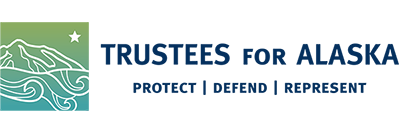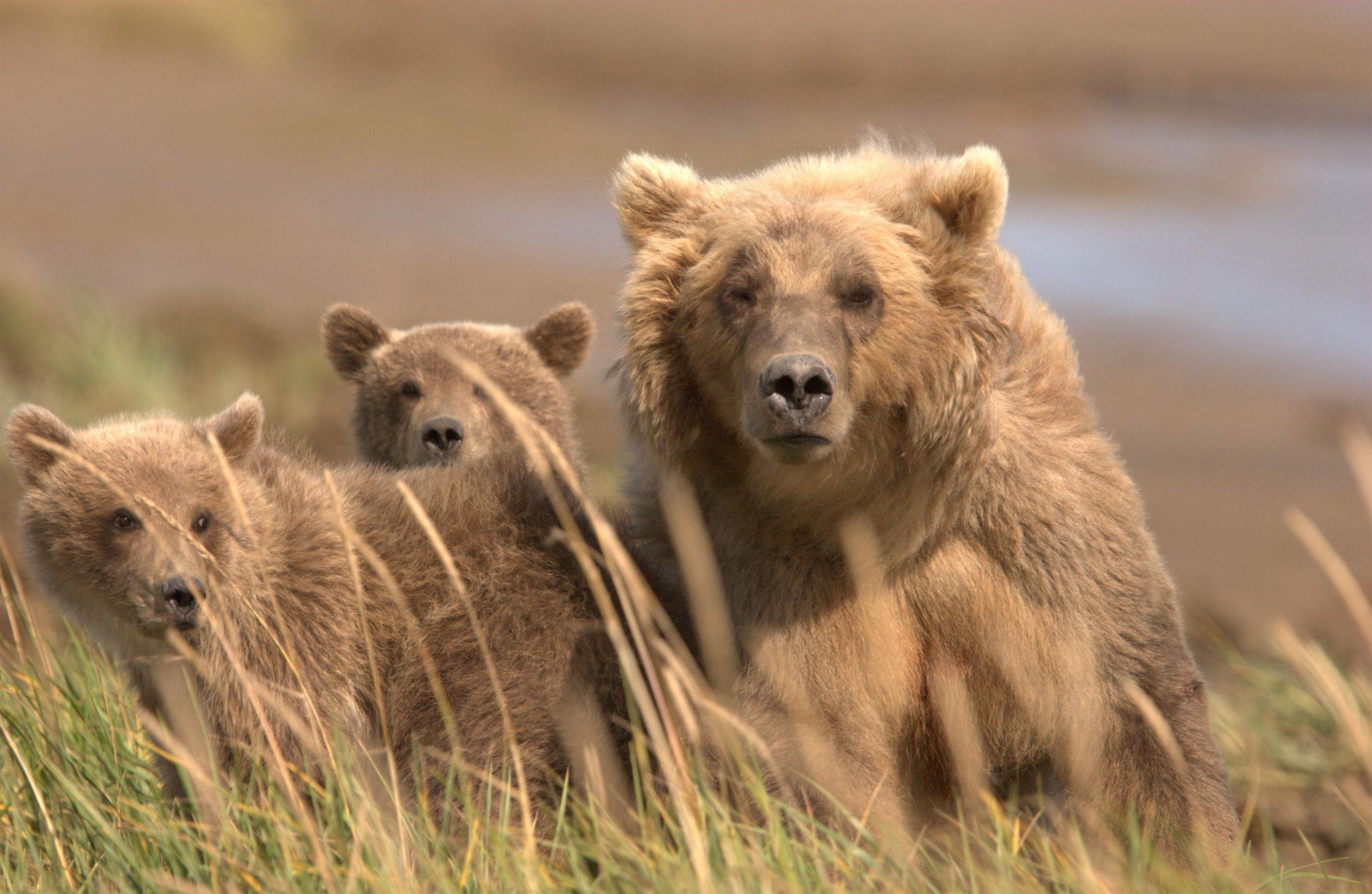
Trump targets wildlife in Alaska
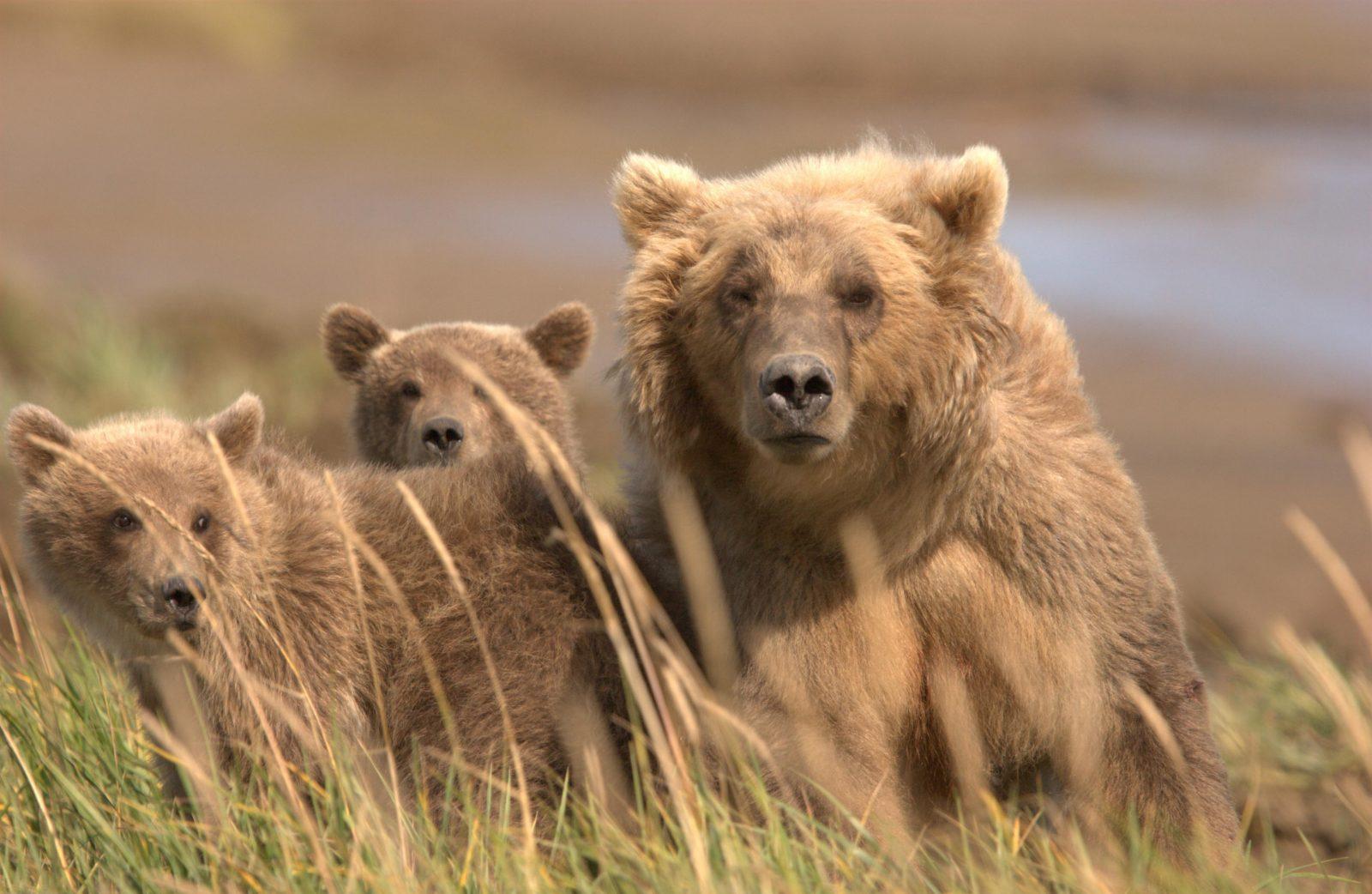
Despite the global pandemic and significant civil unrest, this administration has been relentlessly dismantling bedrock environmental laws and regulations. In its latest actions affecting Alaska, the Interior Department takes aim at wolves, bears, coyotes, and other wildlife in national preserves in Alaska and in the most-visited wildlife refuge in the state, the Kenai National Wildlife Refuge.
Disrupting the predator-prey balance in preserves
Specifically, the National Park Service has reversed its longstanding position that the State of Alaska may not implement sport hunting regulations on national preserves that are designed to decimate predators to increase the numbers of moose and caribou sought after by hunters.
Under the new rule finalized this month, people will be allowed to shoot brown bears over piles of doughnuts and grease, to shine artificial lights into dens to kill hibernating bears, and to shoot wolves and coyotes — and their pups — during the denning season during a time when their pelts are in generally poor condition. And more.
For years, the Alaska Board of Game has sought to allow hunting practices targeted at decreasing predator populations, on the mistaken assumption that this would inflate populations of big game species like moose and caribou. In the past, NPS has repeatedly told the Alaska Board of Game that these practices are simply unacceptable on national preserves.
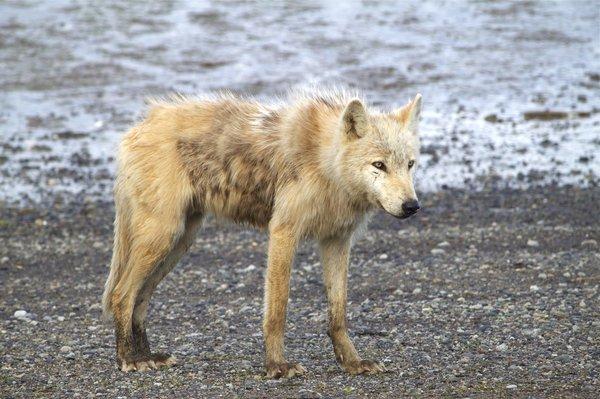
Sport hunting is allowed on national preserves, but only when done in a way that protects the preserves themselves, including the interrelated wildlife species that inhabit them, and not by targeting certain species to manipulate populations of others.
Now, NPS has given the Alaska Board of Game the green light to go even further. Under this decision, the State could allow sport hunting with poison, with snares or nets, or while sitting astride a snow machine. This is not the kind of sport hunting Congress envisioned when establishing national preserves.
Agency upends the purpose of the Kenai Refuge
In a similar about-face from a decades-old position, the U.S. Fish and Wildlife Service has proposed allowing people to shoot brown bears over bait piles within the Kenai Refuge. The data on the Kenai Peninsula is clear: allowing brown bear baiting dramatically increases the number of bears shot each year both by encouraging more people to participate and by making the shooting of a brown bear easier.
Kenai brown bears are a genetically distinct population of bears isolated from mainland Alaska that is struggling because of increasing pressure caused by an expanding human population on the Kenai Peninsula. There is increased recreational use of the area and the Alaska Board of Game is dead set on keeping the bear population at artificially low levels.
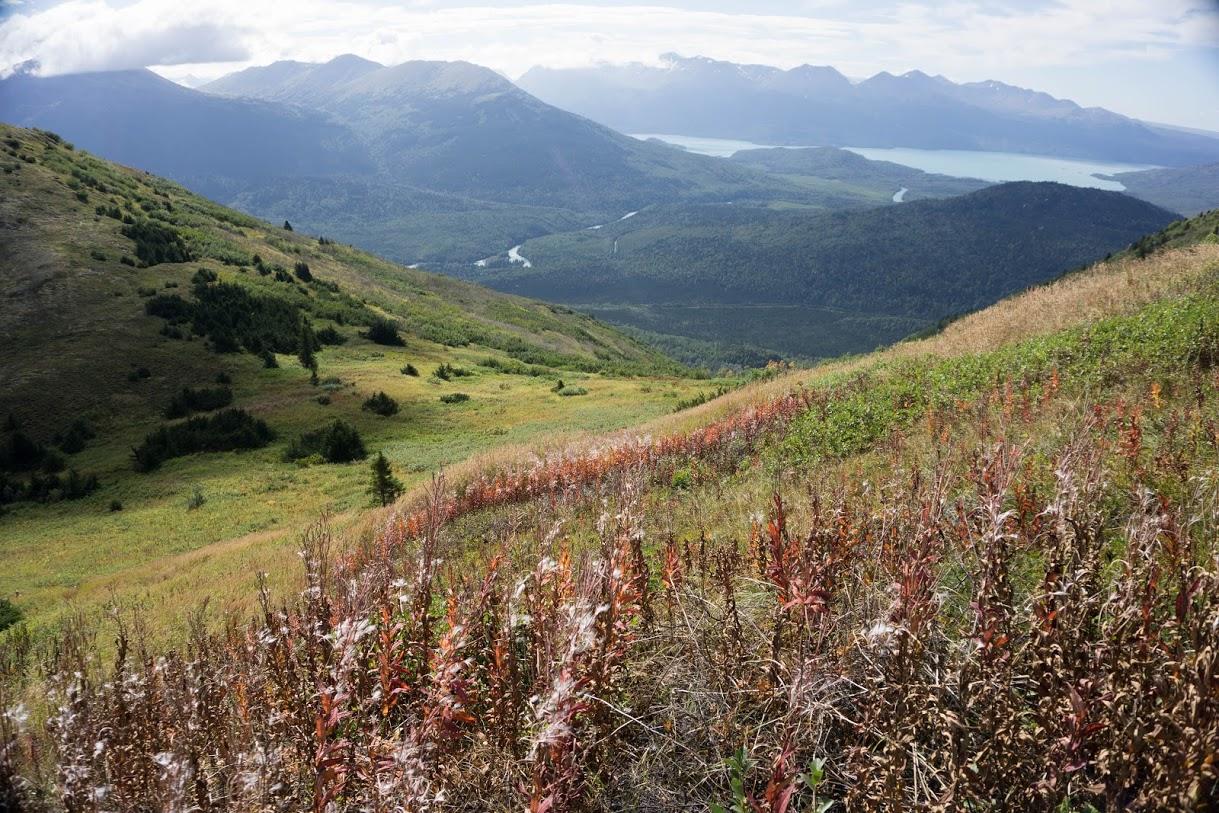
FWS is also proposing to no longer require anyone trapping on the Kenai Refuge to obtain a federal permit. This means that all of the requirements imposed by the federal permits will no longer apply. Among other things, traps will no longer be prohibited within one mile of public roads, campgrounds, and road accessible trailheads; there will be no requirement to periodically check traps; and steel leg hold traps with teeth, spikes, or serrated jaws will no longer be prohibited. Eliminating these conditions on trapping poses a threat to human and wildlife safety.
“Our National Preserves and the Kenai Refuge are spectacular places offering amazing opportunities to see and, within certain limits, hunt wildlife,” said Katie Strong, senior staff attorney with Trustees for Alaska. “Ultimately, these lands were set aside by Congress to protect wildlife. These decisions by the Department of Interior are stunning examples of a complete disregard for the law as well as the health and safety of people and wildlife.”
The State of Alaska generally manages sport hunting on federal lands, but that management discretion must stay within the bounds of federal mandates. The NPS and Kenai rules allow the State’s goal of turning Alaska into a game farm override federal statutes.
Rest assured that we’ll be holding the Department of Interior accountable to the law to allow people to safely engage in a diversity of activities in national preserves and wildlife refuges, while protecting wildlife and their habitat.
Helpful links:


